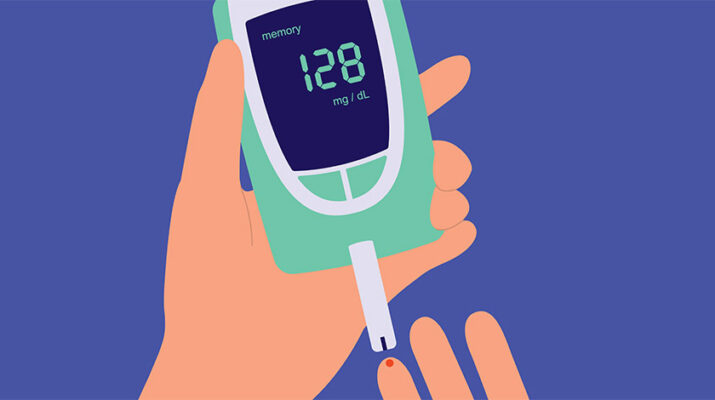Better nutrition, exercise still key to controlling diabetes
By Deborah Jeanne Sergeant
Managing Type-2 diabetes as an older adult is a little more complicated than with younger people. Often by this stage in life, other health issues have arisen. Doctors tell diabetic patients to exercise. However, by this stage of life, more limited mobility from arthritis or injuries can make it more challenging to work out. The care for other health conditions can make it difficult to take on all of the care necessitated by diabetes, such as managing blood pressure and cholesterol, smoking cessation, annual eye exams, careful foot care, annual urine and blood tests for kidney health and dietary changes.
“Management includes lifestyle modifications, diet, exercise, smoking cessation, treating hypertension and dyslipidemia, keeping medical appointments, and medication management if needed,” said Julie Mellen registered dietitian Upstate Medical University.
Seeking help from a certified diabetes educator can assist in managing the various aspects of the condition, including dietary changes, which many consider the most difficult aspect of management. Some patients may find it difficult to make in-office visits. However, most insurances cover virtual visits.
“Avoiding hypoglycemia, low blood glucose, is very important,” Mellen said. “Older adults are more vulnerable to low blood sugars and may not feel the symptoms as well. Low blood glucose can result in a higher risk of falls, fractures and adverse cardiac risk.”
Ideally, pairing high fiber meals with protein helps stabilize blood sugar. Some older adults find difficult the dietary changes brought by Type-2 diabetes, particularly if they’ve never cooked much or at this point in life, find cooking difficult.
Mellen recommends MyPlate for Diabetes, which indicates filling half of a standard nine- or 10-inch plate with non-starchy vegetables raw or cooked, and the other half of the plate with lean protein and carbohydrate foods, about one-quarter each.
“Incorporate more whole grains and less refined grains,” Mellen said. “Include two to three servings of fruit daily and two to three servings of dairy or alternative. Choose healthy fats in moderation.”
Any snacks should pair carbohydrate sources with protein sources, such as fruited yogurt, cheese or cottage cheese with a whole grain cracker or peanut butter on slices of apple. Regularly eating protein is vital for diabetes management.
“Older adults can lose up to 50% of their muscle mass,” said Maria Winkworth, registered dietitian, certified nutritionist and owner of Winkworth Wellness in Syracuse. “Protein is important for diabetes as it stabilizes blood sugar and keeps people filling full longer. Sources include seafood, chicken, turkey, and yogurt.”
It’s challenging for many older adults to go grocery shopping often because of fatigue, lack of transportation and restricted budgets. Winkworth suggests for these seniors to stock up on nutrient-dense foods with a long shelf life such as beans, lentils, whole grain cereals, brown rice, nuts and seeds.
“Always make sure you have juice or fruit in the house for low blood sugars,” Winkworth said. “A lot of falls happen with low blood sugar among older adults.”
Exercising regularly can help maintain blood sugar stability.
“As long as your physician has cleared you for exercise, I would highly recommend adding regular physical activity to your routine,” said Will Masiclat, personal trainer coordinator at Sam Pomeranz Jewish Community Center of Syracuse in DeWitt.
He said the JCC “offers a full gym, indoor track, in-person and virtual classes and personal training.”
Swimming, elliptical workouts and senior yoga all represent forms of exercise gentle for people with arthritis. A good goal could be to increasing activity to a goal of 150 minutes a week minimum, broken into 30-minute brisk walks five days a week along with weight training two days a week to improve lean body mass.
People with diabetes should keep their regular check-ups with their physicians. They should also keep their healthcare provider abreast of any changes in exercise, diet, medication, supplements and over-the-counter items.

